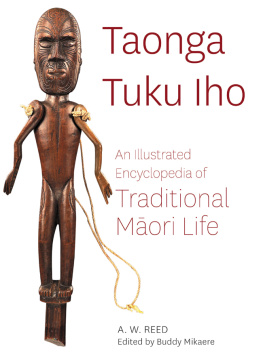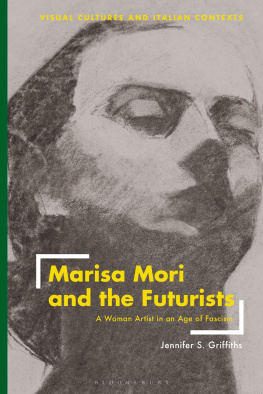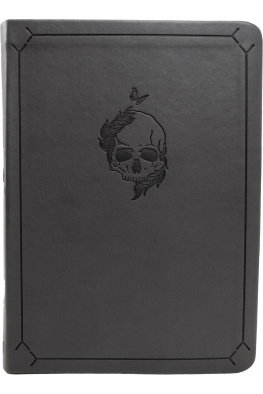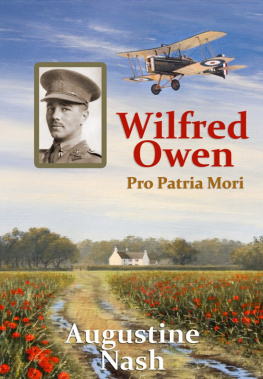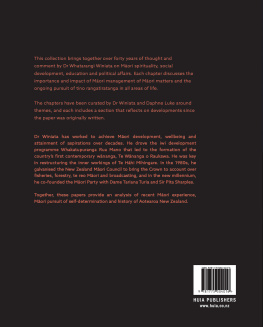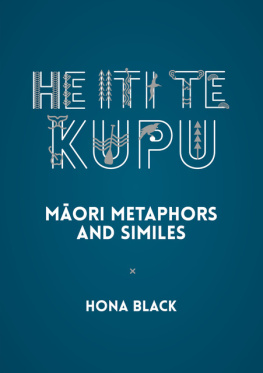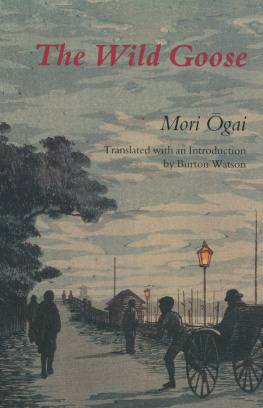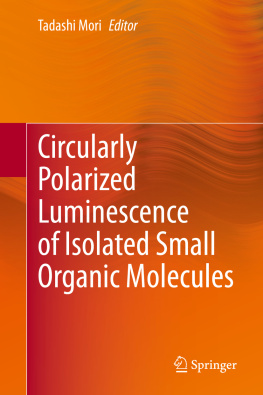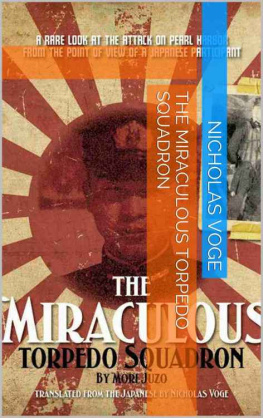A note about the Original Encyclopedia
An Illustrated Encyclopedia of Mori Life was first published by A.H. and A.W. Reed in 1963 and was reprinted every two to three years until the early 1980s. Although the exact details of its prinitng history are no longer known, a likely estimate of the total number printed is in excess of 30,000 copies. The original text was written by A.W. Reed and the line illustrations were drawn from books illustrated by Dr. Terry Barrow, Russell Clark, Harry Dansey, W. Dittmer, S.M. Mead, L.C. Mitchell and Dennis Turner it is worth noting that these graphic illustrations are as alive and informative today as they were some 50 years ago.
The author, A.W. Reed, researched and wrote over 200 books from 1934 up until his death in 1979. At the time of writing, 22 of them (each one updated in text as well as design) remain in print. No other New Zealander has achieved this longevity with so many titles.
Ray Richards (19212013)
Lifetime Achievement Award 2001
Former vice-chairman and publisher, A.H. and A.W. Reed
This edition published in 2022 by White Cloud Books, an imprint of Upstart Press Ltd.
26 Greenpark Road, Penrose, Auckland, 1061, New Zealand
www.upstartpress.co.nz
First published in 1963 by A.H. & A.W. Reed as An Illustrated Encyclopedia of Maori Life
Copyright 2022 in text: the A.W. Reed Estate and Buddy Mikaere
Copyright 2022 in illustrations: the A.W. Reed Estate
Copyright 2022 in photography: as credited
Copyright 2022 Upstart Press Ltd
ISBN: 9781990003721
eBook ISBN:9781990003523
A catalogue record for this book is available from the National Library of New Zealand
Cover design: Nick Turzynski, redinc. book design, www.redinc.co.nz
Illustrations : Anna Egan-Reid
Cover photograph: Karetao (Jumping Jack), reproduced with permission courtesy Te Papa, Wellington,
New Zealand
10 9 8 7 6 5 4 3 2 1
Printed by: Dongguan P&C Printing Technology Co., Ltd, China
All rights reserved. No part of this publication may be reproduced, stored in a retrieval system, or transmitted in any form or by any means, electronic, mechanical, photocopying, recording or otherwise, without the prior permission of the publishers and copyright holders.
CONTENTS
INTRODUCTION
Tn r koutou
For the second time in the past 20 years I have been given the privileged task of reviewing and revising again the Illustrated Encyclopedia of Traditional Mori Life now nearly sixty years since it was first published. In the earlier editions I was saddened by the way the text reminded me of how so much had been lost the old Mori way of life, concepts and modes of thinking. But while that still holds true, what is different today is the revival of interest in Te Ao Mori the Mori world and the active pursuit by many, of the information set out here.
I believe that has been sparked by a tremendous push across the whole Aotearoa community to learn te reo a direct outcome of te wiki o te reo Mori Mori language week. Media, national media in particular, has been supportive of the use of te reo, to the extent that use of the language is now an expectation rather than an occasional offering. So it is only natural that there should be a spill over into learning about other aspects of Mori culture and for many, getting to grips with the cultural foundations of the language has become a worthy pursuit. Mihi aroha ki a koutou.
Taonga Tuku Iho is the perfect accompaniment to this drive for the acquisition of aspects of a culture that is found nowhere else in the world and which is what makes us who live in this country, so unique. This is our Aotearoa culture and our shared heritage.
So it is inevitable in such a general work that there are references to post-contact Mori life, but I have endeavoured to keep the flavour of the original by retaining the focus on traditional or pre-contact Mori life.
The intention of the original publication was to provide a universal reference for the average reader and for this reason I have retained the English language headings.
Like many with an abiding interest in Mori history I have an admiration for the work of the twentieth-century ethnologist Elsdon Best, who spent much of his life observing and recording life amongst the Thoe people of the Urewera. While it is fashionable in some quarters to demean Bests work, nevertheless a great debt is owed to him because the fine body of work he left behind, and on which this publication relies quite heavily, is a genuine taonga (treasure). N mihi ki a koe, e p!
So too should I acknowledge the other kaumtua, scholars, ethnologists and writers whose works and recorded knowledge and observations underpin the entries in this book: Johannes C. Anderson, Terry Barrow, J. Herries Beattie, Bruce Biggs, Sir Peter Buck, William Colenso, James Cowan, T.W. Downes, Roger Duff, Raymond Firth, Hare Hongi, Sir Apirana Ngata, W.J. Phillips, Nepia Pohuhu, Andrew Sharp, Percy Smith, Rev Richard Taylor, Te Matorohanga, Dr A.P. Thomson, Edward Tregear, A.P. Vadya, H.T.Whatahoro. N mihi nui ki a koutou hoki.
I also have to acknowledge the use of works by Peter Bellwood, Dr Lyndsay Head, J.P. Johanson, Professor Margaret Orbell, Joel Polack, P.M. Ryan, Edward Shortland, James Stack, H.T. Taiaroa, William A. Taylor, and Harrison Wright.
I am especially grateful to Dr Lyndsay Head, formerly of the Mori Department, University of Canterbury, for her advice and assistance in helping me resolve some of the contradictory aspects of several entries. Another delight in editing this book has been my re-acquaintance with the line drawings and illustrations of Dr Terry Barrow, Russell Clark and Dennis Turner. We have become so used to photographs and modern graphics that black and white ink illustrations have taken of Mori children playing on a wet day is my personal favourite.
I should also acknowledge the contribution made by A.W. Reed and A.H. and A.W. Reed publishers for their original concept for this book and the generous philanthropic gesture that saw the royalties paid to the Mori Education Foundation, which subsequently became the National Kohanga Reo Trust. The Reed connection lives on in that without the efforts of the late Ray Richards, who was vice-chairman and publisher of the A.H. and A.W. Reed company during some of its most progressive publishing years, the revised editions over the years would not have come to fruition.
It is my hope that the new reader will enjoy this book and find sufficient in its contents to excite further interest and inquiry.
E iti noa ana, n te aroha A small gift, given in love.
Naku na
Buddy Mikaere
Manaia, Coromandel
April 2022
A
ACTION SONGS or waiata ringa are a central feature of any Kapa Haka performance. The body movements of the performers are used to supplement the telling of the story behind the lyrics, and are a development that has sprung from the traditional haka waiata.

Typical movements in the modern action song, with their meanings.
The actions that accompany the songs have become largely standardised and the six illustrations reproduced here are typical of the movements incorporated into many songs. In traditional times, movements of the body, arms and fingers accompanied the dances of the women. But in the modern version the movements are used to convey definite emotions or ideas. In fact this is the dominant characteristic of the modern action song: using the actions to convey and interpret the mood and meaning of the words.

